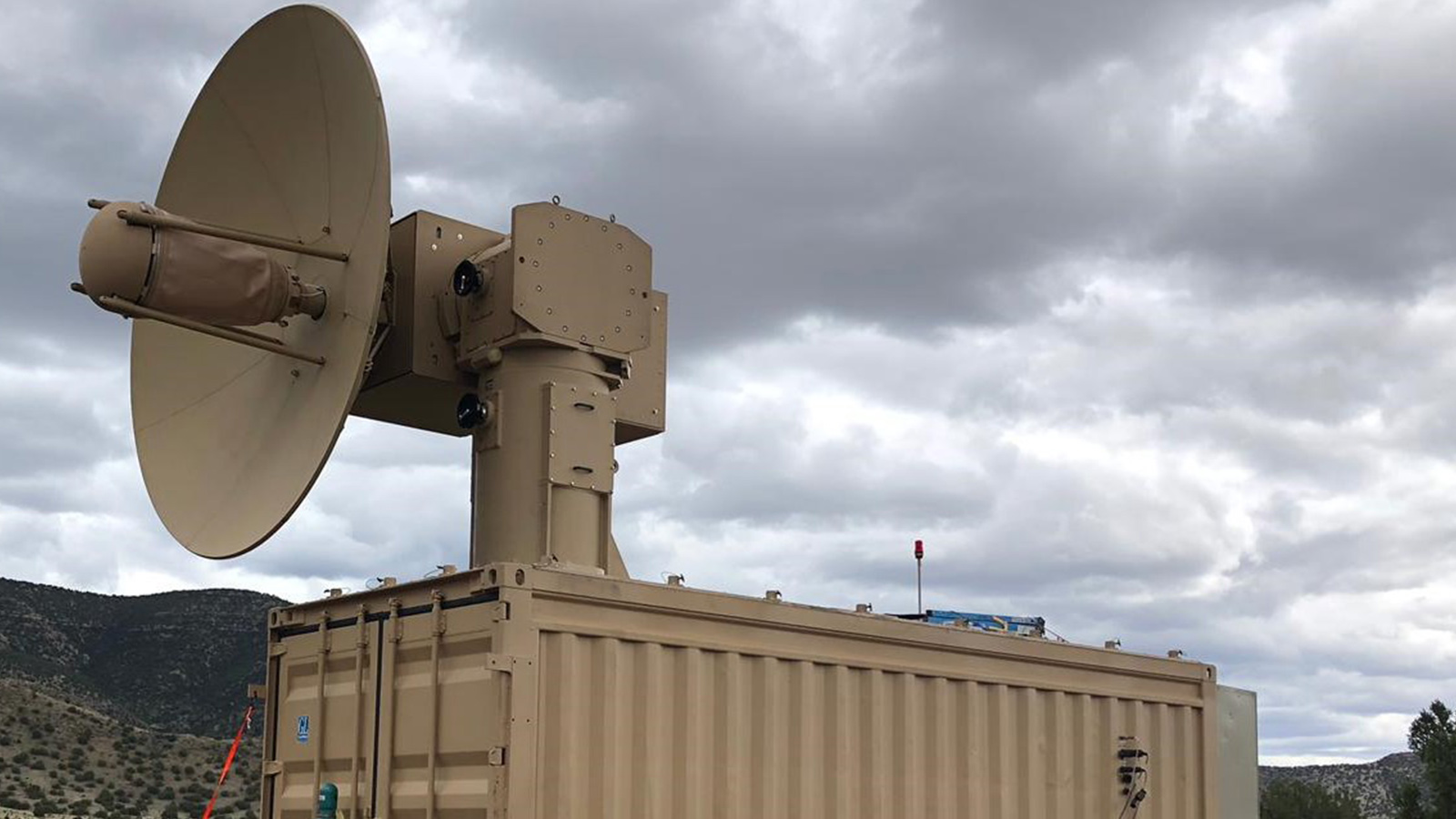Stay Up to Date
Submit your email address to receive the latest industry and Aerospace America news.
The Plasmadynamics and Lasers Technical Committee works to apply the physical properties and dynamic behavior of plasmas to aeronautics, astronautics and energy.
This year was prolific for advanced studies and demonstrations of plasma and directed energy technologies in aerospace.
In a leading development, the U.S. Air Force Research Laboratory demonstrated the Tactical High-Power Operational Responder, or THOR, anti-drone technology in June. THOR applies a high-powered microwave beam to disrupt drone electronics, causing the drone to crash. Researchers envision this transportable system as a means to counter major military threats, including disabling swarms of drones within its beam path simultaneously.
In January, Emory University researchers reported advancements in optically pumped rare gas metastable lasers, in which they doubled the optical pumps applied to a resonator volume containing an argon gas discharge to achieve an output power of 7 watts. Scaling of a similar
xenon-based laser was also demonstrated with 1 W output. This new laser technology, which operates at near infrared wavelengths, is a potential logistically simplified alternative to the classic high-power diode-pumped alkali lasers.
In July, researchers at Princeton University published about new work that pushed the boundaries of the diagnostic method Electric Field-Induced Second Harmonic Generation, which applies a femtosecond laser beam to enable time-evolved electric field measurements in partially ionized plasmas. This technique is extremely valuable as the electric field is a critically important parameter for tailoring plasmas for a wide range of applications, from plasma flow and combustion control to plasma medicine. The researchers achieved measurements of electric fields with subnanosecond time resolution and spatial resolution down to tens of microns, allowing clear measurements of an ionization wave propagating with a velocity of 0.3 millimeters per nanosecond.
In June, plasma-assisted combustion researchers from the Aerospace Department at Texas A&M University presented on simulations predicting a decrease of the deflagration-to-detonation transition time in ducts obtained using localized plasma perturbations. The plasmas were modeled as sources of radicals introduced in front of a deflagration flame propagating in a stoichiometric hydrogen/air mixture with turbulent flow. These preliminary results demonstrate the potential of plasmas for decreasing deflagration-to-detonation transition time and increasing turbulent burning velocity.
Researchers at Xi’an Jiaotong University in China reported on efforts with new plasma approaches for both plasma-assisted combustion and plasma flow control. In February, they presented a new plasma-assisted combustion approach that uses the heating and reforming effects of gliding arc discharges in a swirl-stabilized burner to extend the lean ignition and extinction limits. In August, this same group presented research that applied a “stream-wise plasma heat knife” installed on the leading edge of an airfoil model to perform anti-
icing and de-icing. The novel technology applies an array of streamwise-oriented nanosecond-pulsed dielectric barrier discharges to provide rapid-
response local heating to the airfoil leading edge.
Notre Dame researchers working with Innovation Technology Applications Co. continued to report encouraging results from drag-reduction experiments using arrays of pulsed-direct-
current dielectric barrier discharge plasma actuators. The plasma actuators produced a spanwise velocity component in the boundary layer, resulting in as high as 76% viscous drag reduction over a surface in the Mach number range of 0.05 to 0.5. The most recent experiments, reported on in
September, demonstrated this technology embedded in a NACA 63-012A airfoil model with free stream Mach numbers in the range of 0.3 to 0.5, providing 45% reduction in viscous drag as a well as a net power savings that increased with Mach number.
Stay Up to Date
Submit your email address to receive the latest industry and Aerospace America news.




